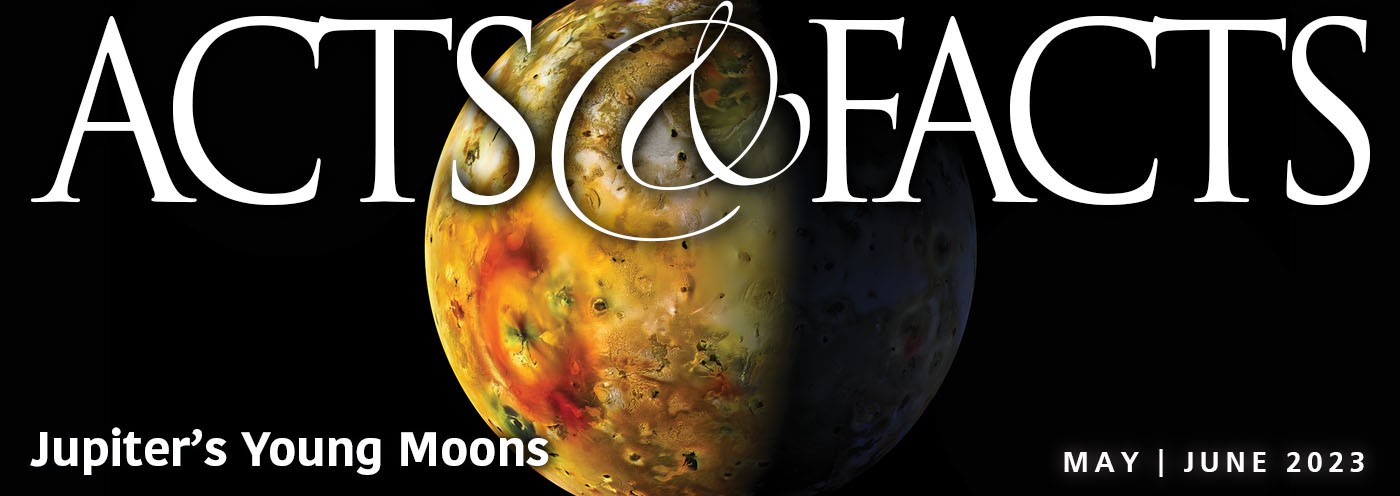A BBC News story reported on September 10 the discovery of a “new human-like species” in Africa, stating “researchers claim that the discovery will change ideas about our human ancestors.”1 As always, we at the Institute for Creation Research are extremely skeptical, taking such breaking news stories with a little more than a grain of salt. We have found that with more time and research, the preliminary spectacular claims of alleged “human ancestors” dissolve into a footnote, a non-story. We predict, on the basis of the creation model, Homo naledi too will become just one more dead end in the questionable human evolution parade. In fact, the story itself is rife with caution, unanswered questions, and speculation.
Although the opening line of a related Associated Press article confidently states that scientists “discovered a new member of the human family tree,”2 further reading reveals wiggle-words and phrases such as “key mysteries,” “bizarre,” “weird,” “evidently,” “suggest,” “may be,” “his guess is,” “around,” “another mystery,” “like a Sherlock Holmes mystery,” “must have,” and “feasible explanation.” It also reported that researchers were “unable to determine an age for the fossils” and that they “are not claiming that naledi was a direct ancestor of modern-day people, and experts unconnected to the project said they believed it was not.”2
Tim White of UC Berkeley, an outspoken anti-creationist, is not convinced that this is a new species, saying, “From what is presented here, (the fossils) belong to a primitive Homo erectus, a species named in the 1800s.”2 Homo erectus? I’m glad he brought that species up, since Newsweek magazine reported in 2007, “DNA makes clear that [Homo erectus] was almost certainly a dead end and not our ancestor, as some scientists had argued.”3
In addition, the Associated Press article states, “Rick Potts, director of the human origins program at the Smithsonian Institution’s Natural History Museum, who was not involved in the discovery, said that without an age, ‘there's no way we can judge the evolutionary significance of this find.’”2
The 15 partial skeletons were found buried in a difficult-to-access South African cave. Their human feet and skulls, plus ritualistic burial, show that Homo naledi—if this name stands the test of time—was likely just another human variety.
We wait to see what becomes of Homo naledi with further research by secular scientists. I think I know the answer!
Update: Upon closer examination, the skeletal remains given the name Homo naledi show a host of primate characteristics, and evolutionists have pointed out shortcomings with the ritualistic burial interpretation.
References
- Ghosh, P. New human-like species discovered in S Africa. BBC News. Posted on bbc.com September 10, 2015, accessed September 10, 2015.
- Chutel, L. and M. Ritter. Study: Bones in South African cave reveal new human relative. Associated Press. Posted on news.yahoo.com September 10, 2015, accessed September 10, 2015.
- Begley, S. The New Science of Human Evolution. Newsweek, March 19, 2007.
Image credit: © Robert Clark/National Geographic. Adapted for use in accordance with federal copyright (fair use doctrine) law. Usage by ICR does not imply endorsement of copyright holders.
* Mr. Sherwin is Research Associate, Senior Lecturer, and Science Writer at the Institute for Creation Research.
Article posted on September 10, 2015. Updated September 15, 2015.
















